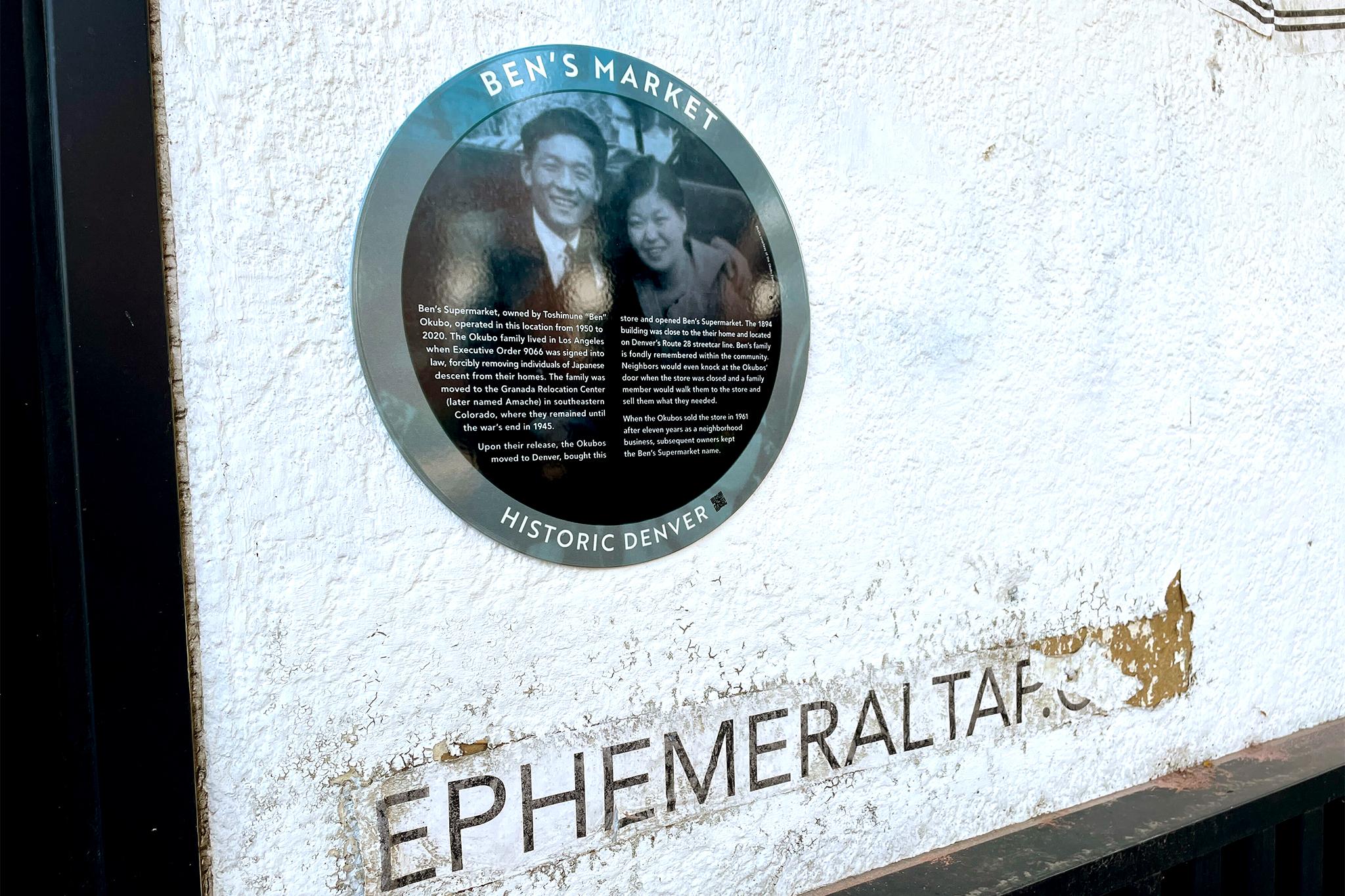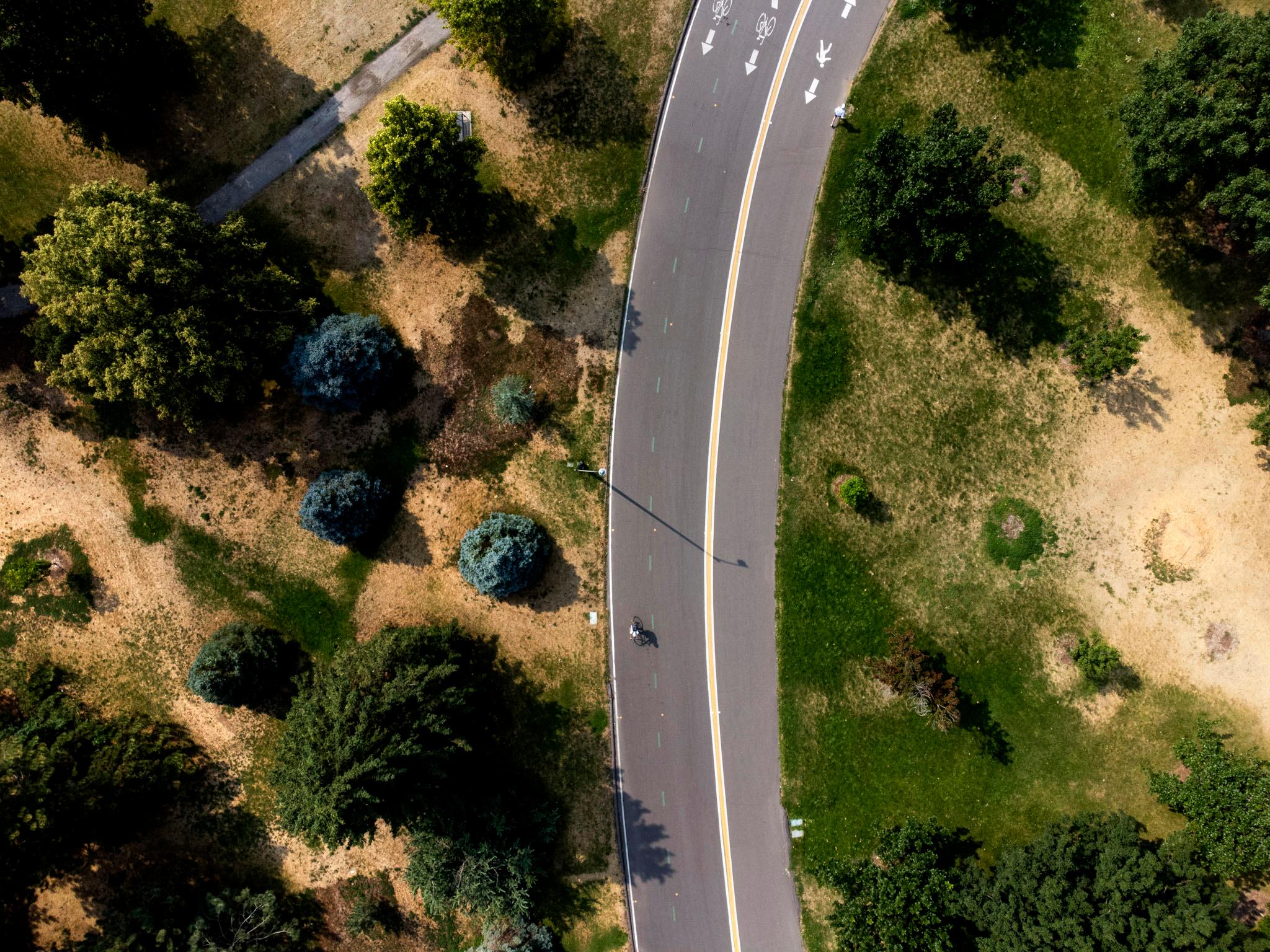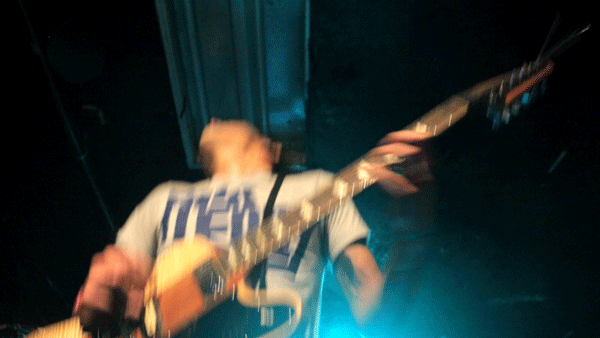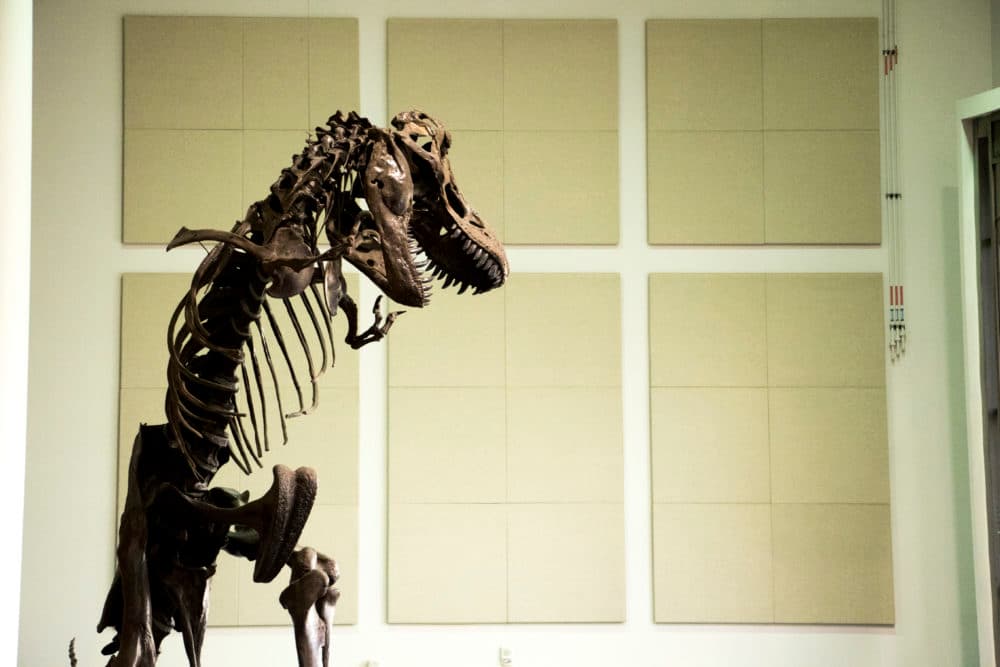
Many a Denverite experienced a rush of childlike glee last week when a triceratops was discovered beneath a Thornton construction site. If you're one of them, you might also be floored to know that you too can work hands-on with dinosaur fossils as a Denver Museum of Nature and Science volunteer.
It's not just your inner child that stands to benefit from the arrangement. The 100+ volunteers who help the DMNS process fossils enable the institution to be one of the world's most active and important research hubs for paleontology. This, in turn, means even more dinosaur bones pour in from dig sites around the globe.
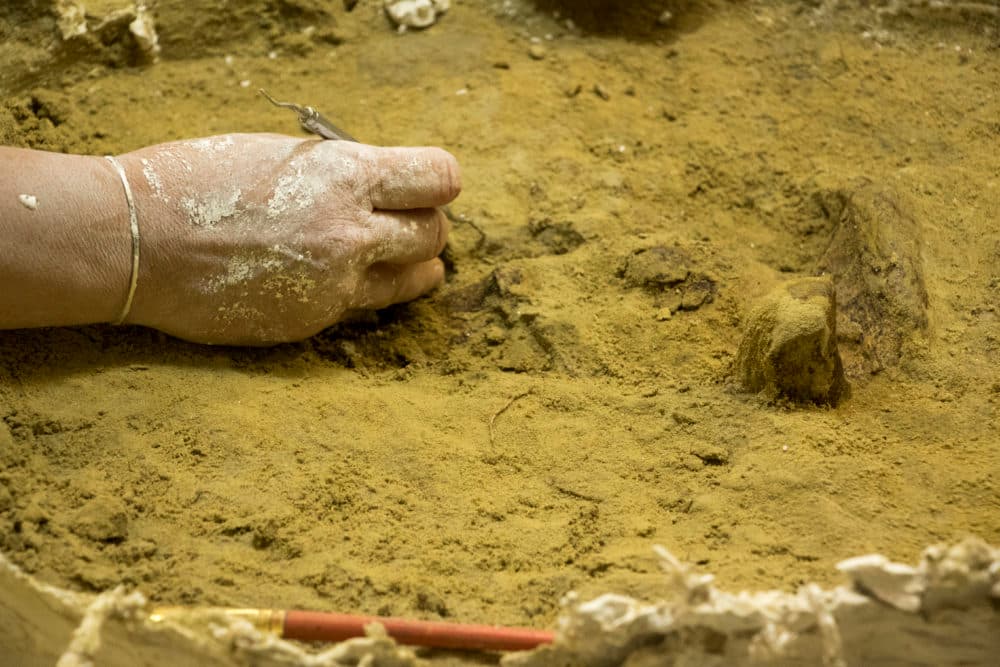
You may not think about it this way, but the Denver Museum of Nature and Science employs actual scientists. There's a lot more going on behind the scenes than your average middle school field trip.
The institution has 14 PhD'd scientists -- known as "curators" -- who lead research projects in Colorado and internationally. DMNS curators publish papers each year on topics like why turtles have shells and why prehistoric dung beetles thrived at high elevation sites.

It's also Colorado's state repository for paleontological fossils, which is why they took over the Thornton dig site. The museum serves as an archive of prehistoric finds that scientists from all over the world access for their research. Since they have a large volunteer force and their own esteemed scientists, the repository has become home base for projects as far-flung as Madagascar.
There's plenty to dig up at home, too. The Front Range is full of prehistoric bones and invertebrates.
Fresh from the field and still covered in plaster, fossil preparator Natalie Toth spoke to the media from inside the Earth Sciences lab that's inside the museum's permanent dinosaur exhibit.
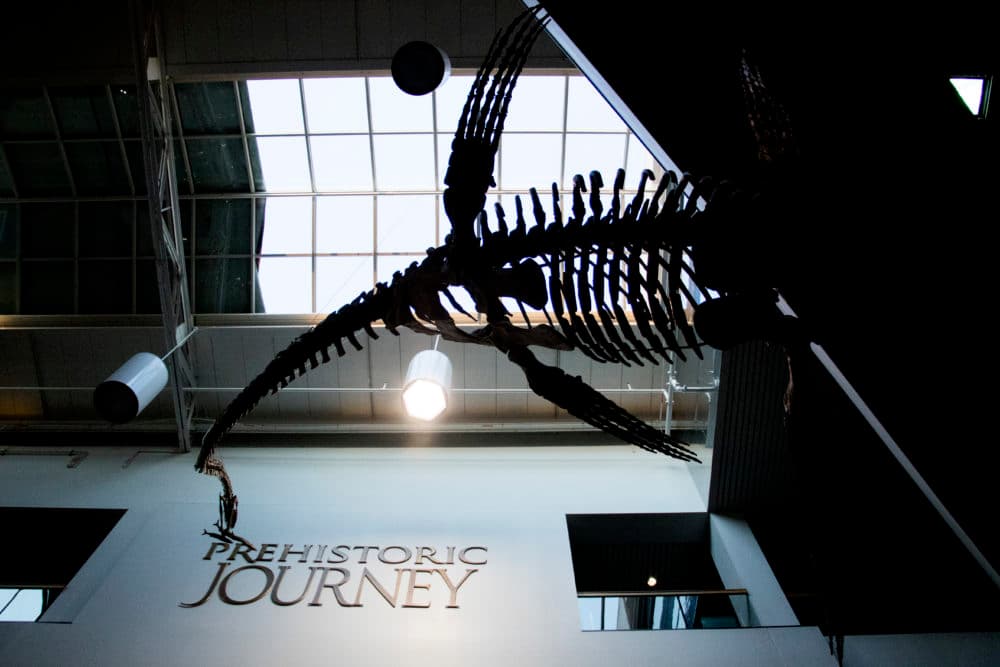
She said the sheer number of discoveries is due in part to increased development in the area. Lots of construction projects means more fossils get discovered.
“You’d be hard pressed to find another museum that does as much as we do,” she said. But they couldn't do it alone.
“We’re able to have such a rigorous research program because of our volunteer base."
Toth said the museum is always in need of new hands on deck to process new fossil finds. By donating their time and developing trust with museum staff, her small army of volunteers enable DMNS curators to focus on making discoveries and churning out papers.

Maybe that's where you come in. You have until Sept. 10, 2017, to apply to be a fossil prep volunteer for the 2018 program. And there's lots of other gigs to pick up too. Folks interested in spiders, genetics or anthropology might find something to geek out on and, as a result, help support scientific research, too.








